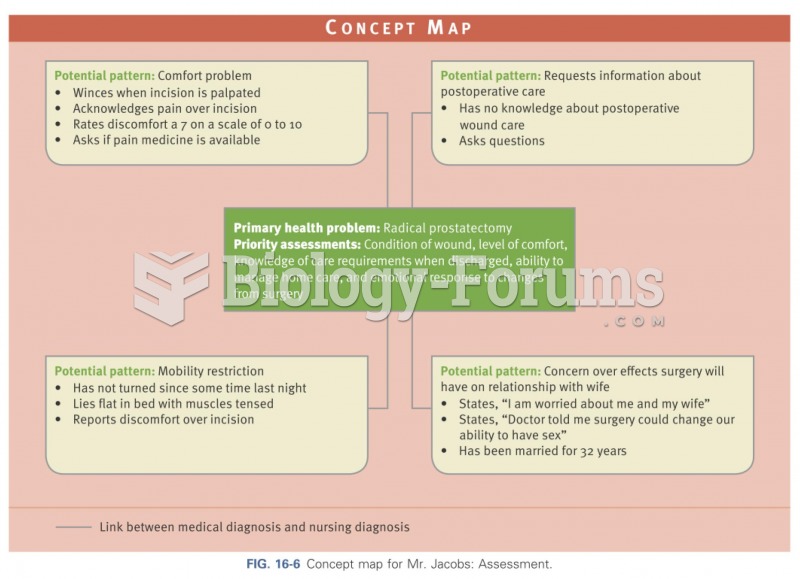Answer to Question 1Any part of a continent that projects above sea level must be supported within the
asthenosphere in the same way that an iceberg or a ship floats on water. Buoyancy enables an
object to float in a fluid by displacing a volume of that fluid equal in weight to the floating
objects own weight. Consider the continent that contains Mount Everest, the highest of
Earths mountains at 8.84 kilometers (29,007 feet) above sea level. Mount Everest and its
neighboring peaks are not supported by the mechanicalstrength of the materials within Earth;
nothing in our world is that strong. Over a long period, and under the tremendous weight of
the overlying crust, the asthenosphere behaves like a dense, viscous, slowly moving fluid.
The continents mountains float high above sea level because the lithosphere gradually sinks
into the deformable asthenosphere until it has displaced a volume of asthenosphere equal in
mass to the mountains mass. The mountains stand at great height, nearly in balance with
their subterranean underpinnings but susceptible to rising or falling as erosion or crustal
stresses dictate. In a slow-motion version of a ship floating in water, the entire continent stands in isostatic equilibrium.
Answer to Question 2Surface waves move along Earths surface. Like ocean waves, they ripple the free surface
and can sometimes be seen as an undulating wavelike motion in the ground. Surface waves
cause most of the property damage suffered in an earthquake. Body waves are less dramatic,
but they are very useful for analyzing Earths interior structure. One kind of wave, the P
wave (or primary wave), is a compressional wave similar in behavior to a sound wave.
Rapidly pushing and pulling a very flexible spring (like a Slinky) generates P waves. The S
wave (or secondary wave) is a shear wave like that seen in a rope shaken side to side. P
waves and S waves are generated simultaneously at the source of an earthquake. P waves
travel through Earth nearly twice as fast as S waves, so P waves arrive first at a distant
seismograph, an instrument that senses and records earthquakes. Liquids are unable to
transmit the side-to-side S waves but do propagate compressional P waves. Solid rock
transmits both kinds of waves. Analysis of the characteristics of seismic waves returning to
Earths surface after passage through the interior suggests which parts of the interior are
solid, liquid, or partially melted.







